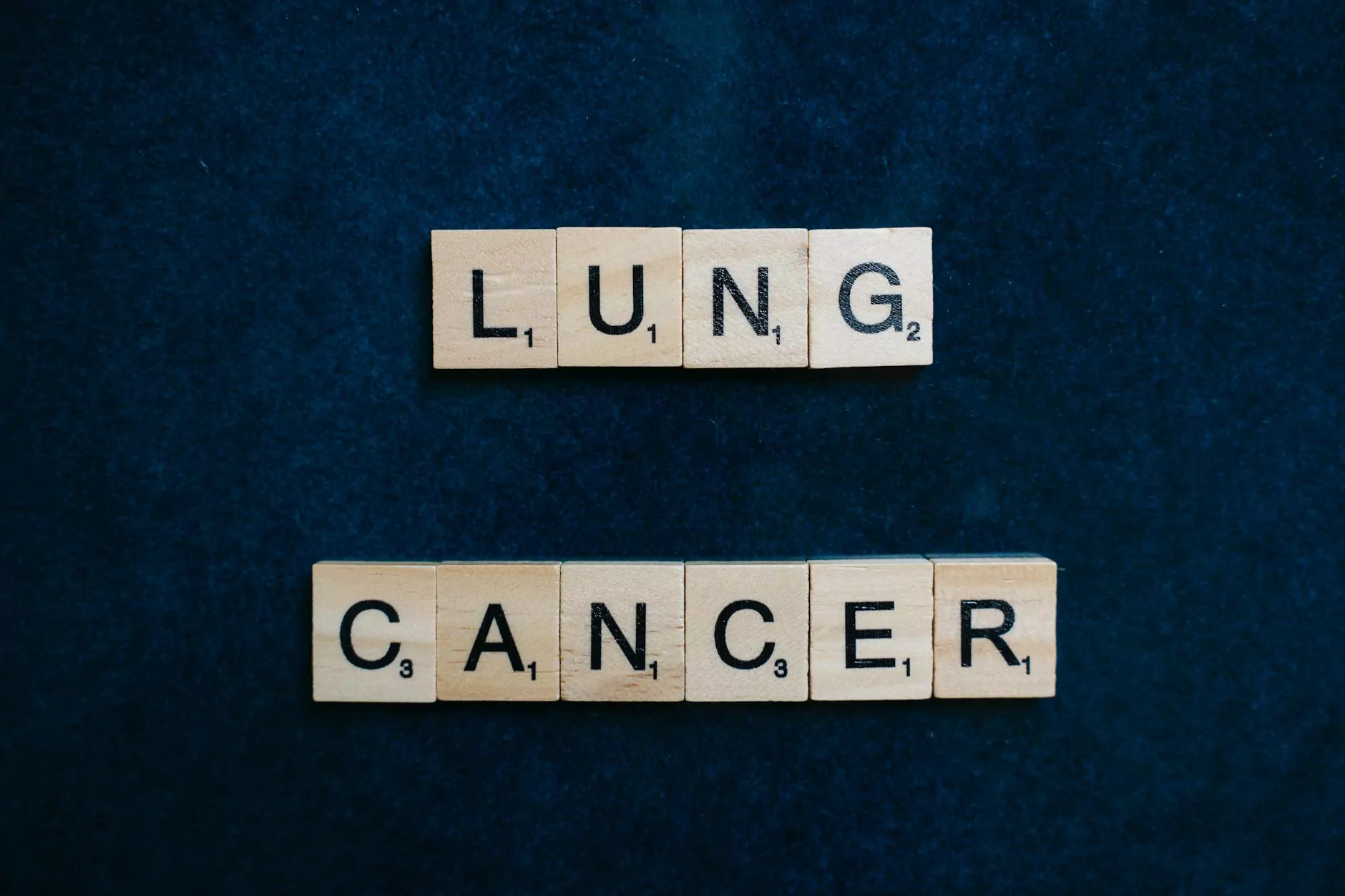Lung Cancer Awareness Month: Tips to Quit Smoking for - Kelley Tim PA-C
Health
Introduction
Welcome to Kelley Tim PA-C, your trusted source for health advice and resources. In honor of Lung Cancer Awareness Month, we are dedicated to helping you quit smoking and improve your overall well-being. Smoking is a major risk factor for lung cancer, and quitting is the best decision you can make for your health.
Why Quitting Smoking Matters
Smoking is a leading cause of preventable diseases, including lung cancer, heart disease, stroke, and respiratory conditions. It damages nearly every organ in the body and affects both smokers and those exposed to secondhand smoke. Quitting smoking not only reduces your risk of developing these diseases but also improves your quality of life.
The Benefits of Quitting Smoking
Quitting smoking can positively impact your health in various ways:
1. Reduced Risk of Lung Cancer
By quitting smoking, you significantly reduce your risk of developing lung cancer. Studies have shown that the risk decreases over time, and after 10 years of quitting, the risk drops by about 50% compared to a smoker.
2. Improved Cardiovascular Health
Smoking damages the cardiovascular system, increasing the risk of heart attacks and strokes. However, within a few years of quitting, the risk drops significantly. Your heart and blood vessels start to repair themselves, improving overall cardiovascular health.
3. Enhanced Respiratory Function
Smoking impairs lung function and contributes to respiratory conditions such as chronic bronchitis and emphysema. Quitting smoking allows your lungs to heal and function better, leading to improved breathing and reduced respiratory symptoms.
4. Increased Energy and Vitality
When you quit smoking, the improved oxygen flow in your body leads to increased energy levels and vitality. You will notice improved physical stamina, decreased shortness of breath, and a renewed sense of well-being.
5. Better Skin Health
Smoking accelerates skin aging, causing wrinkles, dull complexion, and premature aging signs. By quitting smoking, you give your skin a chance to heal and regain its natural glow, reducing the appearance of aging.
Tips to Quit Smoking
1. Set a Quit Date and Commit
Choose a quit date that allows you to prepare mentally and gather the support you need. Commit yourself to this date and make it a priority.
2. Seek Support
Reach out to family, friends, or support groups who understand your journey and can provide encouragement and motivation when you need it most. Consider joining smoking cessation programs or online communities to connect with others going through the same experience.
3. Identify Triggers and Coping Strategies
Recognize the situations, people, or emotions that trigger your urge to smoke. Develop healthy coping strategies, such as deep breathing exercises, finding alternative activities, or seeking professional help.
4. Find Nicotine Replacement Therapies
Consider using nicotine replacement therapies like patches, gums, or lozenges to manage nicotine withdrawal symptoms. These can help ease cravings and increase your chances of successfully quitting smoking.
5. Make Lifestyle Changes
Adopt a healthier lifestyle by engaging in regular physical activity, maintaining a balanced diet, and managing stress effectively. These changes will not only distract you from smoking but also support your overall well-being.
6. Stay Positive and Persistent
Quitting smoking is a journey, and setbacks may occur. Stay positive and persistent, reminding yourself of the benefits and the reasons why you want to quit. Celebrate small victories and don't be too hard on yourself.
Resources for Quitting Smoking
There are numerous resources available to help you quit smoking. Here are some useful ones:
1. National Quitline
Contact the National Quitline at 1-800-QUIT-NOW to receive support and guidance from trained professionals.
2. Apps and Online Tools
Explore smartphone apps and online tools specifically designed to assist you in your quit smoking journey. They provide personalized plans, progress tracking, and motivational support.
3. Counseling and Therapy
Consider seeking professional counseling or therapy services to address any underlying emotional or psychological factors contributing to your smoking addiction. A mental health professional can provide valuable guidance and support.
4. Medications
Consult with a healthcare provider or a qualified physician to discuss medications that can aid in smoking cessation, such as nicotine replacement therapies or prescription medications.
Conclusion
During Lung Cancer Awareness Month, Kelley Tim PA-C encourages you to take charge of your health by quitting smoking. The benefits of quitting smoking are profound and extend far beyond lung cancer prevention. Implement these tips, seek support, and utilize available resources to embark on your journey towards a smoke-free life. Remember, quitting smoking is one of the most important steps you can take for your overall well-being.









